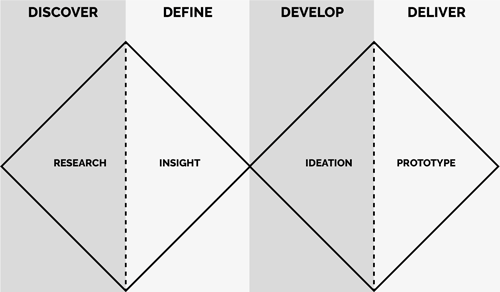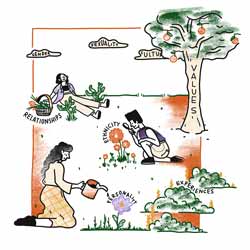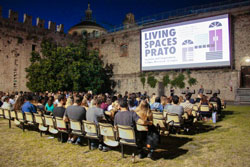DESIGNING RESEARCH IMPACT FOR SOCIAL INCLUSION

The book chapter Designing Research Impact for Social Inclusion co-authored with Dr. Catherine Flynn describes how design methodologies can be incorporated into social science research to provide greater impact for diverse audiences and marginalised communities.
"The immediate benefits to designing research impact for social inclusion will be to create multiple channels of communication to a diverse range of stakeholders for improved services and education....the interdisciplinary relationships formed through this collaborative approach can create new partnerships, networks and expertise that can be applied to future projects."


 An individual's personal identity is central to understanding ourselves and our place in the world. It can also be difficult to describe and articulate. An identity tool was co-designed with community mental health organisation
An individual's personal identity is central to understanding ourselves and our place in the world. It can also be difficult to describe and articulate. An identity tool was co-designed with community mental health organisation 